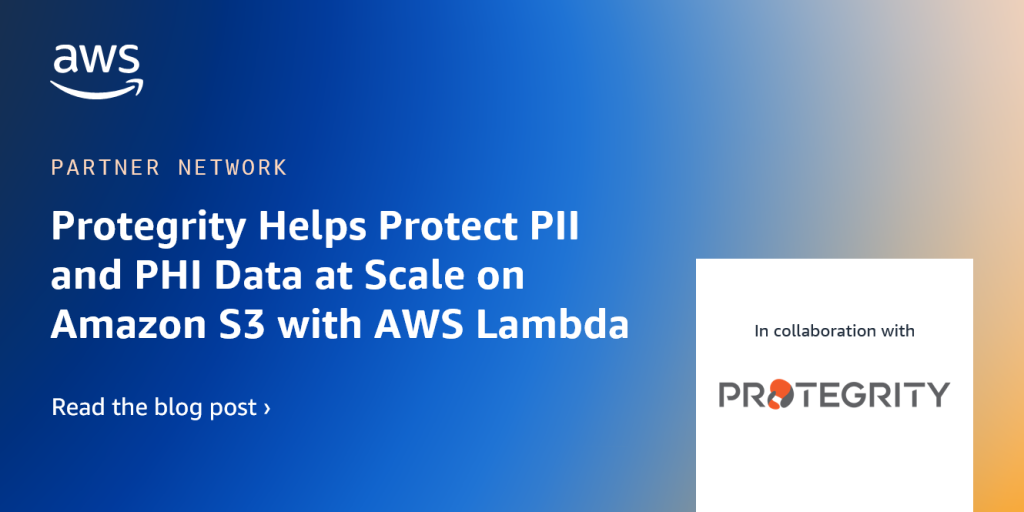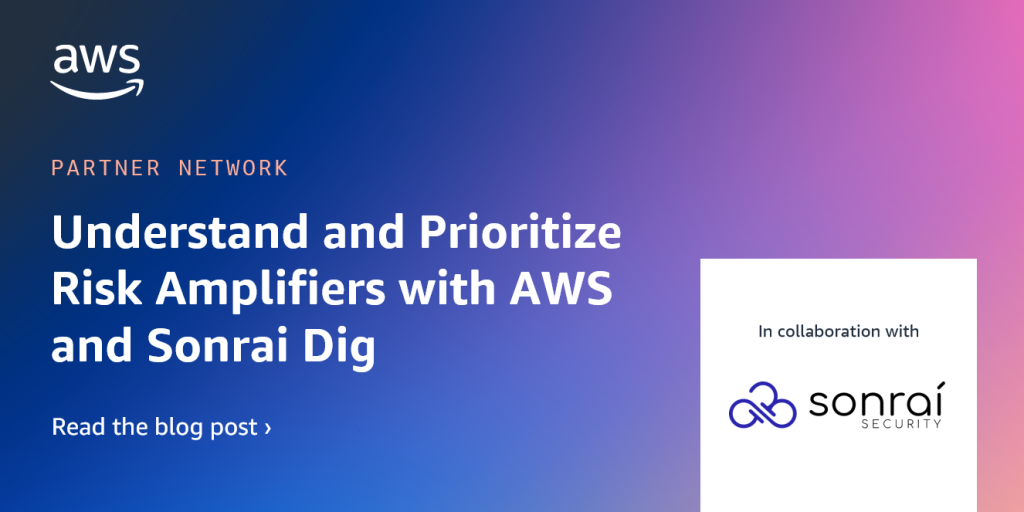AWS Partner Network (APN) Blog
Category: Security, Identity, & Compliance
How to Minimize Unintended Access and Achieve Least Privilege with Ermetic and AWS
Proper entitlement management is a significant security layer for an AWS environment. Ermetic has developed a permissions analysis engine which performs this task automatically, to a fine-grained level of granularity, and for all of the identities in your environment—humans and workloads alike. The engine even takes federated users from identity providers into account as well. Ermetic is an AWS Security Competency Partner and comprehensive identity-centric cloud security platform for easily reducing risk at scale.
Access Visibility and Governance for AWS with SailPoint Cloud Access Management
Many organizations lack visibility into cloud identities, leading to excessive, unused, or noncompliant access patterns. SailPoint Cloud Access Management is an identity-focused enterprise solution to certify, provision, and manage the cloud access lifecycle. SailPoint identifies inappropriate, unauthorized, and unused access in AWS to help organizations effectively secure their cloud infrastructure and related workloads.
How Protegrity Helps Protect PII and PHI Data at Scale on Amazon S3 with AWS Lambda
With the ever-growing need for enterprise data to migrate to the cloud, and the necessity of keeping that data secure, organizations are searching for tools that enable migration while meeting regulatory requirements for data security and privacy. To meet these needs for customers, Protegrity has introduced new solutions leveraging Amazon S3, and these Cloud Protect for S3 products enable you to secure your sensitive data in S3 with Protegrity technology such as tokenization.
Defending Against Ransomware with AWS and Cohesity FortKnox
With an increase in frequency and severity of ransomware incidents worldwide, enterprises are under pressure to better safeguard their mission-critical data. To address this, Cohesity launched FortKnox, a modern data isolation and recovery-as-a-service solution that runs on AWS. Learn how it helps customers maintain an immutable virtual air-gapped copy of backup data that acts as an additional layer of protection against ransomware and other cybersecurity threats.
Thinknum Gains Valuable Benefits Through the AWS Foundational Technical Review
By undergoing a Foundational Technical Review (FTR), AWS Partners can gain valuable technical and business benefits by addressing important requirements and managing ongoing compliance. Thinknum, an Advanced Tier Services Partner, engaged in the AWS FTR to identify key opportunities for improvement in its AWS account configuration and receive guidance on how to implement improvements to its security, reliability, and operational posture.
Infrastructure Auto-Remediation on AWS with 6pillars and AWS Well-Architected Integration
The AWS Well-Architected Framework defines six pillars of cloud best-practices, and automation has matured to the point where it’s ready to support customers’ growing sophistication and appetite for efficiency. Learn how 6pillars’ dedication to automation-first and integration with AWS-native tools enables customers to deploy automation of AWS best practices quickly, safely, and cost-effectively. This drives significant benefits to customers seeking to adhere to multiple compliance standards.
How IAM Health Cloud Helps You Manage AWS IAM Even When You Have Multiple Accounts
IAM Health Cloud is a SaaS solution available in AWS Marketplace that enables continuous and central collection and analysis of all AWS Identity and Access Management (IAM) data for determining a company’s IAM posture across any number of AWS accounts. Learn how to use IAM Health Cloud to gain near real-time centralized insight of all IAM assets across multiple AWS accounts, even if they are independent or part of fragmented AWS Organizations.
Data Governance Across AWS Organizations for Security and Compliance
Data governance serves an important role in ensuring the quality, consistency, and security of data utilized across an organization. Using a multi-account structure with cross-account access is an AWS best practice that offers several other benefits. Learn how to set up a data governance system in AWS Organization accounts with clients’ use cases and solutions, and how ASCENDING overcame the technical challenges listed above.
Automate Istio-Enabled Amazon EKS Cluster Deployment with Tetrate’s EKS Blueprints Add-On
Istio and Envoy have become key technologies in the modern application stack, especially for enterprises adopting Zero Trust security standards for microservices applications. Using standardized tooling from AWS and Tetrate, it’s easier than ever to fully integrate Amazon EKS and Istio into modern, declarative IaC deployment processes. Learn how to use EKS Blueprints with Tetrate’s Istio add-on to stand up fully bootstrapped clusters.
Understand and Prioritize Risk Amplifiers Within Your Cloud with AWS Services and Sonrai Dig
Sonrai Dig is a platform built from the ground up to solve threats to your cloud through early recognition of significant risks, which can prevent the exploitation and monetizing of your data. With one platform, you get contextual integration of investments in AWS, as well as normalization of those same capabilities across multi-cloud deployments. Together, Sonrai Dig, Amazon Inspector, and Amazon GuardDuty complement each other’s ability to find and categorize risk urgency.









